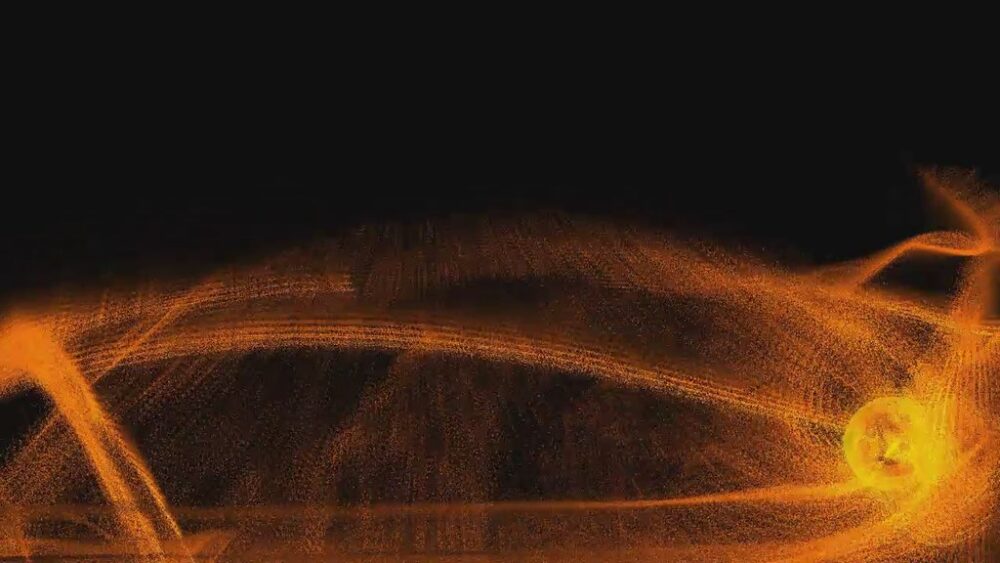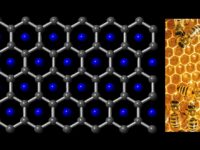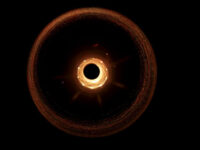The forces dictating the physical world have always been a subject of great focus for physicists and non-physicists alike. The known laws that matter follows are accepted as absolute truth by many individuals, yet the world has been shaped only by what we know thus far. Alternatives exist, and science can completely change with just one new discovery. For many years, the physical world has been explained by the Standard Model, one in which matter is composed of quarks and leptons (the building blocks of atoms) and where forces are controlled by bosons, which can exist in many forms, such as photons. This model explains all the essential forces within the universe except for gravity, including the force of electromagnetism, the strong force, and the weak force. All these forces work together to construct an idea of our universe; however, this perception could change very soon.
Scientists at CERN, Europe’s largest collaboration in physics research, have found evidence indicating there may be a fifth force of nature. Using CERN’s Large Hadron Collider, researchers discovered particle decay that defied expectations. One of the six types of quarks, the beauty quark, typically decays into both electrons and muons. This decay is inevitable and can be observed in the hadron collider as a result of particles bumping into each other at extreme energy levels. Muons and electrons have similar properties, and similar amounts of each particle can be expected as beauty quarks decay. However, this was not the case for these experimenters, as illustrated by their paper released in March 2021. Instead of finding both equal amounts of muons and electrons as the beauty quarks degenerated, scientists found more electrons than muons. While electrons frequently resulted from the decay, muons only appeared 85 percent as often. One possible explanation for this difference in decay is a new force, not explained by any known standard-model forces, was causing electrons to occur more often.
While there is some evidence a fifth force may be acting on the physical world, researchers are hesitant to make any claims until there is substantial proof with limited error. Revision experiments currently undergoing publication show that this unusual pattern of decay holds true for beauty quarks paired with both up and down quarks, further backing this profound discovery. However, for all experiments conducted thus far, there continues to be large margins of error, preventing serious claims from being made. Until researchers are able to prove this decay model holds true across multiple variables and with limited error, they cannot move forward with new claims.
Recently, at a lab outside of Chicago, Illinois, investigators found muons behaving with another interesting property. According to the Standard Model, when acted on by a magnetic field, muons should wobble at a very specific rate. However, during the “Muon g-2” experiment carried out in Chicago, muons wobbled at a slightly higher rate than predicted by the Standard Model, providing more evidence that there could potentially be a fifth force acting on particles.
Although both laboratories carried out experiments halfway across the world from one another, both saw results in which the muon particles were not acting as expected according to the Standard Model. The lab in Chicago also indicated that more time and investigation are needed to truly prove that their findings were not experimental error, but the thread remains that both laboratories found muon particles behaving in a previously unimaginable way. Whether or not a new fifth force of nature is the cause of these phenomena remains unknown; however, there is an increasing possibility that these findings were indeed significant, uprooting the basis of physics and our entire current understanding of the natural world.
Sources:
Nature Physics (2021). DOI: 10.1038/s41567-021-01478-8’
Physics (2021). DOI: 10.1103/PhysRevLett.126.141801
Image courtesy of Flickr



